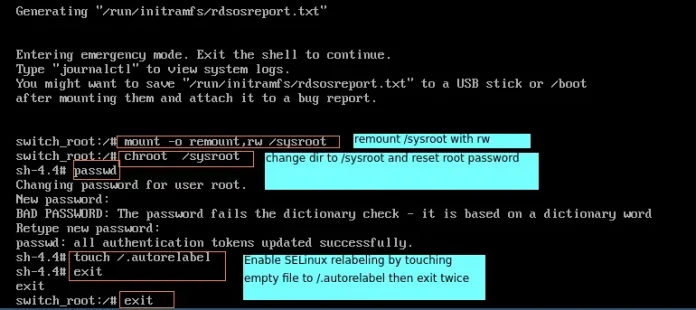Prerequisites: Altair
Altair is a statistical data visualization library in python which is based on Vega and Vega-Lite visualization grammars. A Stripplot is used for graphical data analysis. It is a simple plot of response values in a sorted order along a single axis. The strip plot consists of 2 distinct axes (X, Y). The strip plots provide an alternative for the histogram and other density-based plots and are often used with small datasets.
A simple strip plot is used for plotting the data as points, which may not be very useful to us. To make the simple stripplot more cultivate we add random jitter. Jitter in simple words is adding a small amount of variability(horizontal or vertical) to the data to ensure all data points are visible.
Approach:
- Import Libraries
- Import or create data
- Create a simple Stripplot using Altair
- Add jitter variable to the Axis
- Modify the values of different attributes for better visualization (optional).
- Display plot
Function Used
calculate_transform() allows the user to define new fields in the dataset which are calculated from other fields using an expression.
Syntax:
calculate_transform(<some_expression>)
Various implementation using above approach is given below
Example 1:
In this program, we will use the tip dataset to study the amount of money paid as tip during Lunch time and Dinner time.
Python3
#import libraries import seaborn import altair as alt # Getting data tip = seaborn.load_dataset('tips') # plotting the stripplot stripplot = alt.Chart(tip).mark_circle(size=14).encode( # X-axis jitter Vertical x=alt.X( 'jitter:Q', title=None, axis=alt.Axis(ticks=True, grid=False, labels=False), scale=alt.Scale(), ), y=alt.Y('tip:Q', scale=alt.Scale()), color=alt.Color('time:N', legend=None), column=alt.Column( 'time:N', ), ).transform_calculate( # Generate Gaussian jitter with a Box-Muller transform jitter='sqrt(-2*log(random()))*cos(2*PI*random())') stripplot |
Output:

Example 2:
This program deals with study of maximum temperature during different weather conditions in the region of Seattle using stripplot.
Python3
#import libraries import altair as alt from vega_datasets import data # Getting data weather = data.seattle_weather() # plotting the stripplot stripplot = alt.Chart(weather).mark_circle(size=14).encode( x=alt.X( 'jitter:Q', title=None, axis=alt.Axis(ticks=True, grid=False, labels=False), scale=alt.Scale(), ), y=alt.Y('temp_max:Q', scale=alt.Scale( domain=(-1, 40))), color=alt.Color('weather:N', legend=None), column=alt.Column( 'weather:N', header=alt.Header( labelFontSize=16, labelAngle=0, titleOrient='top', labelOrient='bottom', labelAlign='center', labelPadding=25, ), ), ).transform_calculate( # Generate Gaussian jitter with a Box-Muller transform jitter='sqrt(-2*log(random()))*cos(2*PI*random())').configure_facet( spacing=0).configure_view( stroke=None).configure_axis( labelFontSize=16, titleFontSize=16).properties(height=400, width=100) stripplot |
Output:

Example 3.
This plotting depicts the age and gender from a given piece of data. (Horizontal Plot)
Python3
#import libraries import seaborn import altair as alt import pandas as pd # Creating our own data data = [['Tom', 10, 'Male'], ['Nick', 25, 'Male'], ['Juli', 14, 'Female'], ['Sarah', 30, 'Male'], ['Pulkit', 20, 'Male'], ['Ritika', 20, 'Female'], ['Sayantan', 60, 'Male'], ['Pam', 39, 'Female'], ['Peter', 42, 'Male'], ['Jenefer', 24, 'Female'], ['Tony', 29, 'Female'], ['Myler', 22, 'Female']] df = pd.DataFrame(data, columns=['Name', 'Age', 'Gender']) # plotting the stripplot Horizontal horizontal_stripplot = alt.Chart(df, width=600, height=100).mark_circle(size=40).encode( y=alt.Y( 'jitter:Q', title=None, axis=alt.Axis(ticks=True, grid=False, labels=False), scale=alt.Scale(), ), x=alt.X('Age:Q', scale=alt.Scale()), color=alt.Color('Gender:N', legend=None), row=alt.Row( 'Gender:N', header=alt.Header( labelAngle=0, labelFontSize=16, titleOrient='top', labelOrient='left', labelAlign='left', ), ), ).transform_calculate( # Generate Gaussian jitter with a Box-Muller transform jitter='sqrt(-2*log(random()))*cos(2*PI*random())').configure_facet( spacing=0).configure_view( stroke=None).configure_axis( labelFontSize=16, titleFontSize=16) horizontal_stripplot |
Output:





